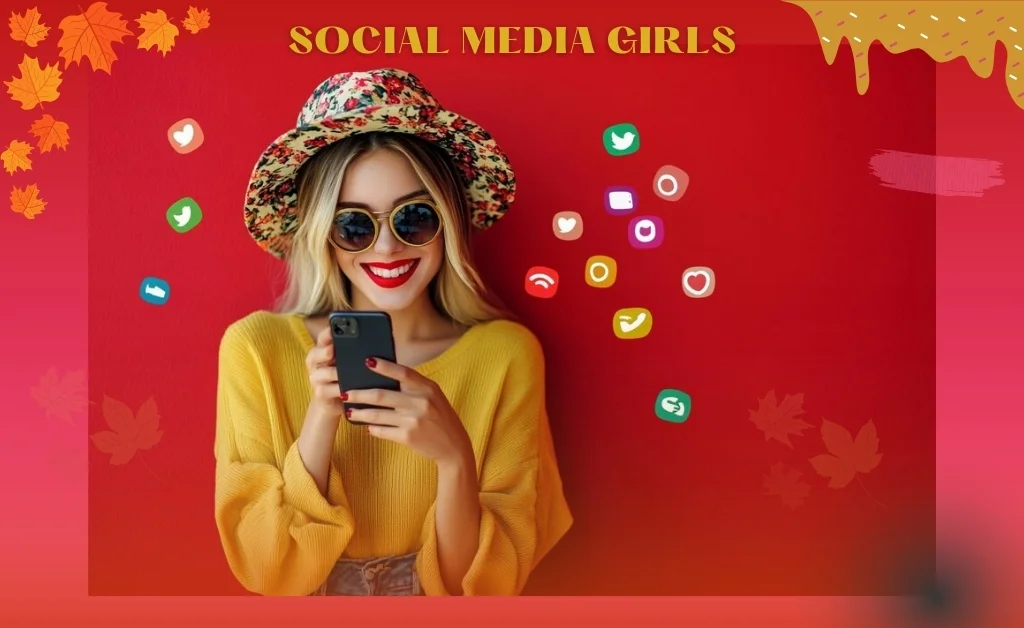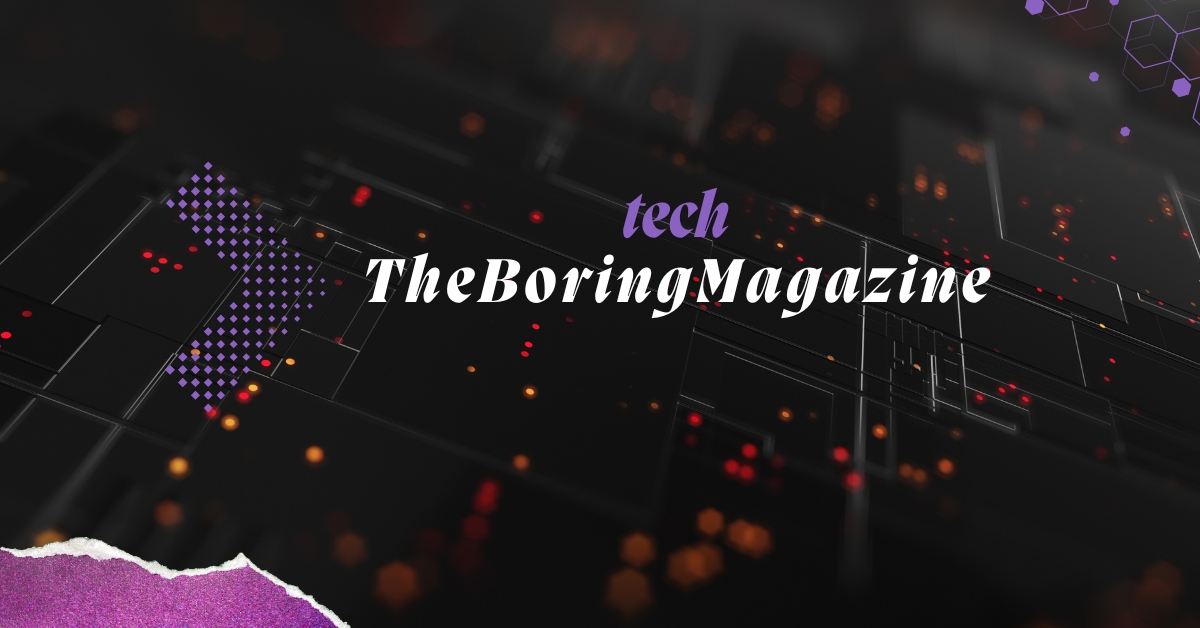The Impact of Social Media on Body Image Among Adolescent Girls
In today’s digital age, social media platforms like Instagram, Facebook, and TikTok play a significant role in shaping the perceptions and self-image of adolescent girls. The rise of “socialmediagirls” has sparked considerable research focusing on how these platforms influence body image, mental health, and overall well-being. This article explores these dynamics, the implications for young women, and what can be done to foster a healthier digital environment.
Understanding the Digital Landscape
The digital landscape is now an integral part of adolescents’ lives. With increased screen time, young people are continually exposed to images and content that often promote unrealistic beauty standards. Research indicates that the prevalence of sexualized and idealized body images on these platforms can lead to negative body image and self-esteem issues among young girls.
The Role of Social Media in Body Image Formation
Social media platforms serve as both a source of inspiration and a breeding ground for dissatisfaction. Many adolescent girls curate their online personas based on the images and feedback they receive. This often leads to social comparison, where individuals evaluate themselves against the idealized portrayals of their peers or influencers. The emphasis on appearance can create a cycle of validation and insecurity.
Negative Body Image and Its Consequences
Numerous studies have linked heavy social media use with negative body image and dissatisfaction. For example, girls who engage in frequent appearance-related social comparisons often report lower self-esteem and higher levels of anxiety and depression. This phenomenon is exacerbated by the “thin ideal,” which promotes unrealistic body types and can lead to harmful behaviors such as disordered eating and self-harm.
Also read: https://lyrifii.com/alex-sosnowski/
The Influence of Peer Perception
Adolescents are particularly sensitive to peer influence, and social media amplifies this effect. The desire for approval and acceptance can compel young girls to modify their behavior and appearance to fit in. This pressure can lead to a phenomenon known as self-objectification, where individuals view themselves primarily through the lens of others’ perceptions.
The Impact of Trends and Challenges
Social media trends, such as viral challenges that promote certain body types or behaviors, can have a significant impact on how girls perceive their bodies. These trends often prioritize physical appearance over mental health, leading to a community where appearance is constantly scrutinized. This can create an environment where body dissatisfaction flourishes.
The Importance of Social Media Literacy
To combat the negative influences of social media, promoting social media literacy among young people is essential. This involves teaching adolescents to critically evaluate the content they consume and understand the difference between curated online images and reality. By fostering a critical mindset, girls can develop resilience against negative body image messages.
Encouraging Positive Body Image
Creating a supportive online community can help shift the narrative around body image. Encouraging girls to share diverse representations of beauty can foster a more inclusive environment. Initiatives that promote body positivity and authenticity can counteract the harmful effects of the “thin ideal.”
Role of Parents and Educators
Parents and educators play a crucial role in shaping how young people engage with social media. Open discussions about body image, media influence, and mental health can help girls navigate these challenges. Encouraging offline activities and friendships can also mitigate the impact of social media on self-esteem.
Research Findings and Insights
Several studies have examined the impact of social media on adolescent girls’ body image. Research published in platforms like Google Scholar reveals a consistent correlation between time spent on social media and negative body image outcomes. A thematic analysis of these studies highlights key factors such as peer comparison, the prevalence of sexualized images, and the effects of social validation.
Also read: https://lyrifii.com/vuianime/
Community and Support Systems
Online communities that focus on mental health and body positivity can provide a much-needed support system for girls. These platforms allow young women to connect with like-minded individuals who share similar struggles and experiences. Such connections can empower them to embrace their individuality and challenge harmful beauty standards.
Conclusion
The influence of social media on body image among adolescent girls is profound and multifaceted. While these platforms can perpetuate negative body standards, they also have the potential to foster positive change. By promoting media literacy, encouraging diverse representations of beauty, and creating supportive communities, we can help young girls navigate the challenges of the digital age. As we continue to explore this dynamic, it is crucial to prioritize mental health and self-acceptance in our conversations about body image.
FAQs
How does social media affect body image among girls?
Social media often promotes unrealistic beauty standards, leading to negative self-comparisons, low self-esteem, and body dissatisfaction among adolescent girls.
What are the signs of negative body image?
Signs include preoccupation with appearance, avoidance of social situations, changes in eating habits, and feelings of inadequacy or low self-worth.
How can parents help their daughters navigate social media?
Parents can encourage open discussions about body image, promote media literacy, and emphasize the importance of self-acceptance and diversity in beauty.
What is the “thin ideal”?
The “thin ideal” refers to societal standards that equate thinness with beauty, often promoting unhealthy behaviors among young women striving to achieve these standards.
Are there any positive aspects of social media for body image?
Yes, social media can also foster positive body image through communities that promote body positivity, diversity, and self-acceptance.
How can girls build resilience against negative body image messages?
By practicing social media literacy, connecting with supportive communities, and engaging in self-care activities, girls can cultivate a healthier self-image.



